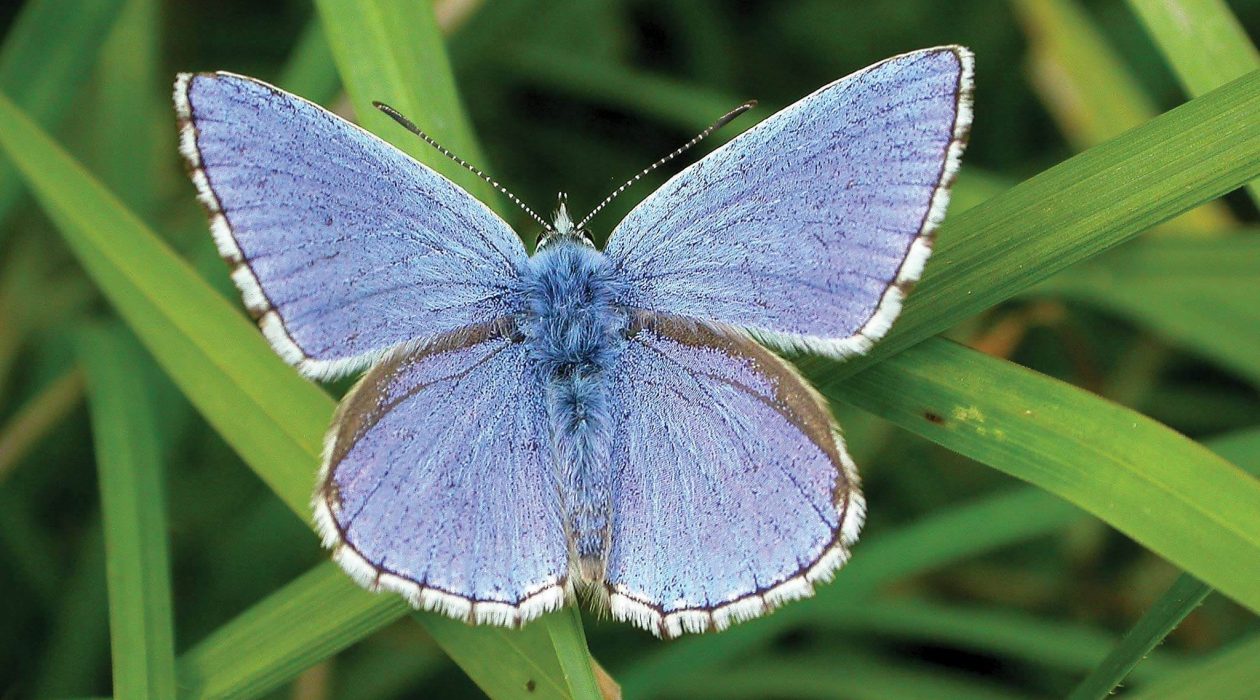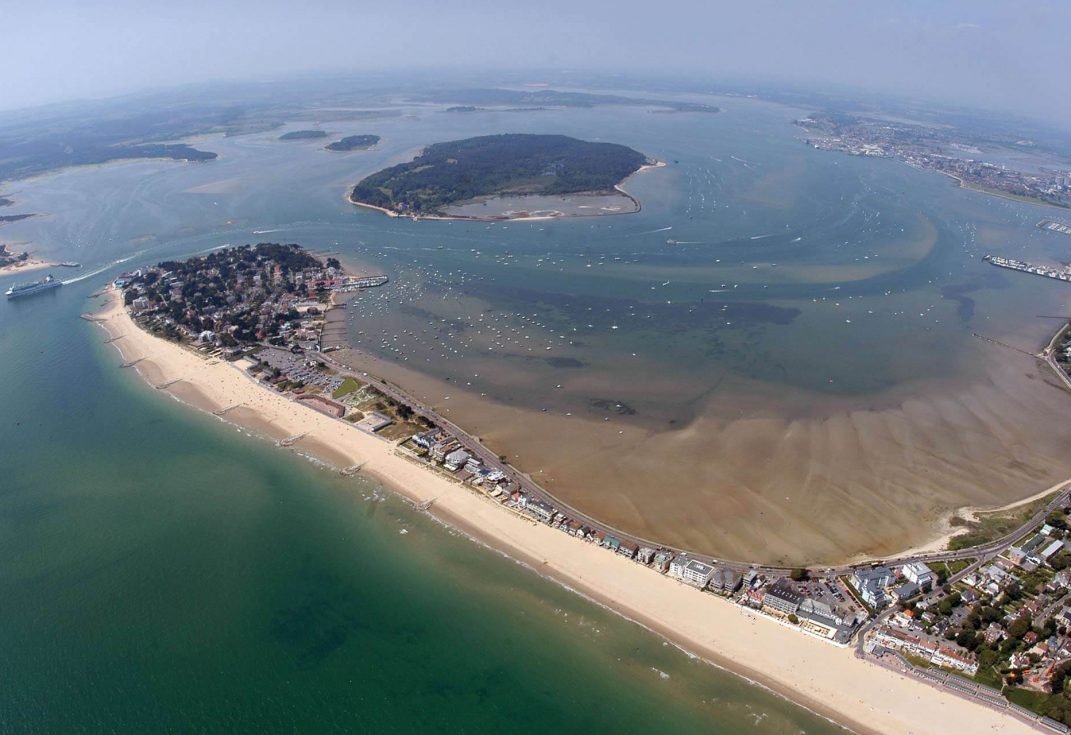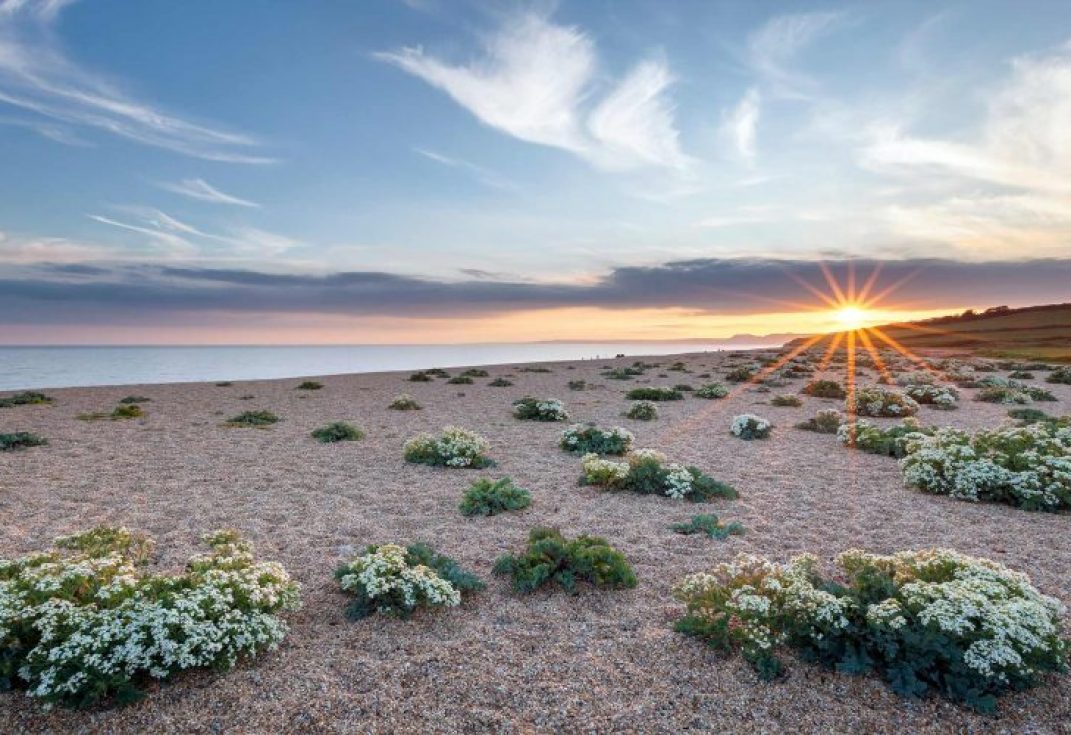Wildlife
The Dorset National Landscape has extensive wildlife of national and international significance.

The Dorset National Landscape has extensive wildlife of national and international significance.

The range of habitats and associated species is unusually rich, including 83% of all British mammal species, 48% of bird species and 70% of butterfly species. The UK’s richest grid squares for vascular plants and mammals are both found in the Dorset National Landscape. The National Landscape’s southern location and relatively warm climate make it hospitable to many species unable to survive further north and home to species new to Britain, naturally expanding their ranges with the changing climate.
The National Landscape includes many areas of international significance, including Poole Harbour and the Fleet which are key sites for breeding and overwintering birds, lowland heath areas in the east, calcareous grasslands in the Cerne and Sydling Valleys and Purbeck Coast, ancient woodlands at Bracketts Coppice and the West Dorset alder woods, and important cliff and maritime habitats along significant sections of the coast. Two marine SACs are adjacent to significant lengths of the National Landscape’s coastline; there are two candidate marine SPAs and three Marine Conservation zones adjacent to the National Landscape boundary. Further coastal and marine areas are proposed for protection.
Many other areas are important at the national level and are supported by a large number of locally significant sites.
The quality of the wider National Landscape landscape offers high potential to rebuild extensive mosaics of wildlife habitat and to improve the linkages between them.

Biodiversity is a fundamental element of natural beauty. The National Landscape’s wealth of wildlife, from the common and widespread to the globally rare, is one of the outstanding qualities that underpin its designation. The biodiversity of the National Landscape is shaped by the underlying geology and its influence on soils and hydrology. It is also influenced by the social, cultural and economic activities of past and present land use, which biodiversity supports by providing resources such as food, timber, clean water and crop pollination amongst others. Biodiversity also provides us with opportunities for recreation, relaxation and inspiration and a range of associated tourism opportunities. Dorset is particularly rich in some habitats and species. For example, lowland heathland and the characteristic species associated with it form a recognisable landscape across southern England, but in Dorset there is a concentration of species such as sand lizards and smooth snakes that do not occur in such numbers anywhere else in the country. The same could be said of the coastal habitats of Poole Harbour and the Fleet within the boundary and the marine SACs on its southern boundary.
Since 1945, the landscape has changed markedly in response to changes in economic, agricultural and forestry policies. For example, some of our most cherished wildlife areas have become degraded over time through habitat loss and fragmentation associated with agricultural intensification and increasing development pressures. Current and future pressures and competing land uses will continue to have impacts, including agricultural policy, climate change, invasive species (new pests and diseases). A step-change in our approach to nature conservation is required to ensure that natural systems are repaired and rebuilt, creating a more resilient natural environment for the benefit of wildlife and ourselves. “Biodiversity 2020”, Defra’s strategy for England’s wildlife and ecosystem services, will guide this step change, in conjunction with local data on functioning ecological networks and habitat restoration opportunities.

The Dorset National Landscape encompasses a breadth of biodiversity – chalk and limestone grassland which is found across the National Landscape and along the coast; lowland heathland concentrated in the eastern part of the National Landscape; ancient meadows and woodlands scattered throughout; the coastal habitats of Poole Harbour and the Fleet; and maritime coast and cliff along much of the Jurassic Coast. This is reflected through a number of nature conservation designations:

The National Landscape includes 25 of the 65 England Priority Terrestrial and Maritime Habitats, along with 281 of the 639 Priority Species, including early gentian, southern damselfly, Bechstein’s bat, marsh fritillary, sand lizard and nightjar. The majority of the land-based habitats are under agricultural or forestry management and in private ownership.
Much of the biodiversity is linked to a range of habitats across the National Landscape, which, whilst previously much more extensive, remain as a core of high biodiversity and the basis of a functioning ecological network. Strengthening the network will enable the landscape to tolerate environmental change and will also greatly contribute to the aesthetic quality. Hedges, stone walls, streams, ancient trees, copses, rough grassland, scrub, small quarries, ponds, fallow fields and uncultivated margins; all these are valuable assets to the National Landscape’s biodiversity, landscape character and cultural heritage.